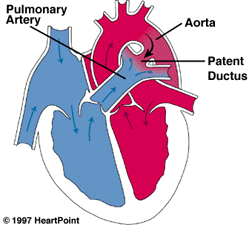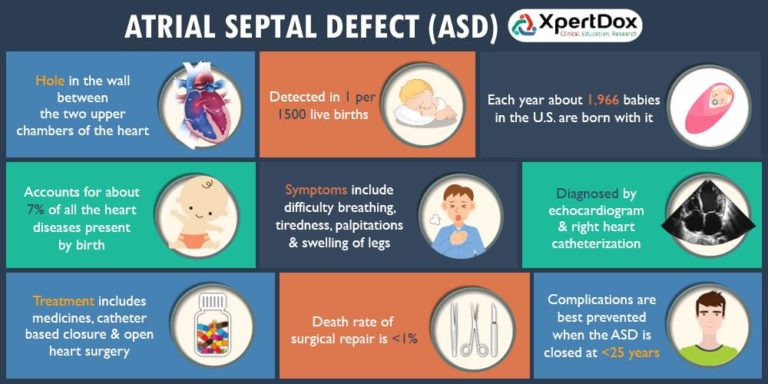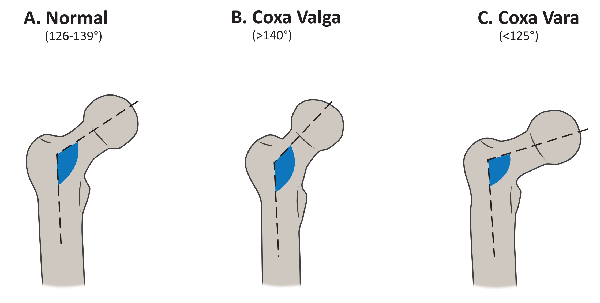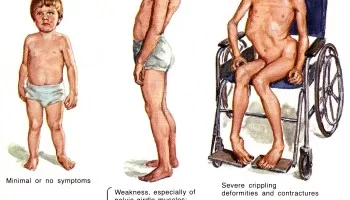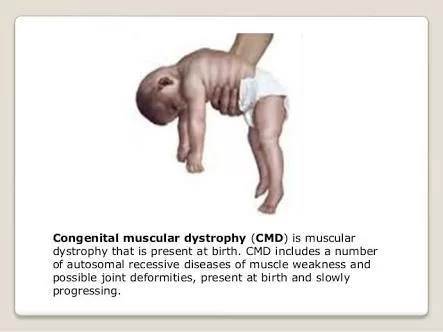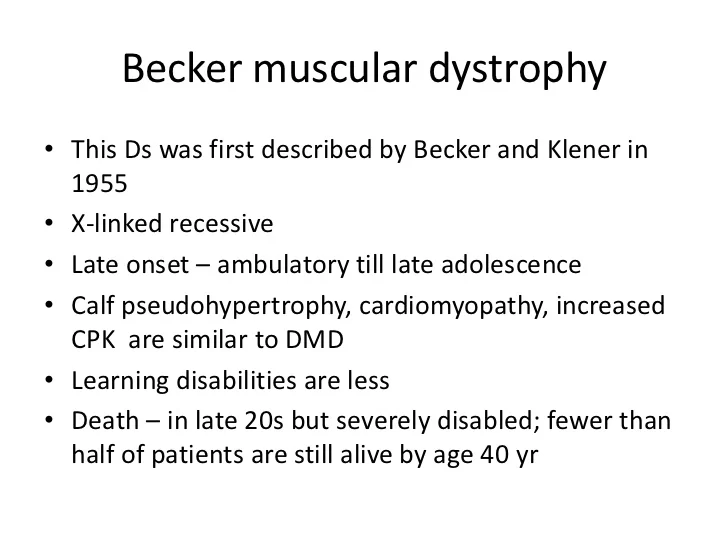PATENT DUCTUS ARTERIOSUS
PATENT DUCTUS ARTERIOSUS PDA is a heart problem that is frequently noted in the first few weeks or months after birth. It is characterized by the persistence of a normal fetal connection between the aorta and the pulmonary artery which allows oxygen-rich (red) blood that should go to the body to recirculate through the lungs….

